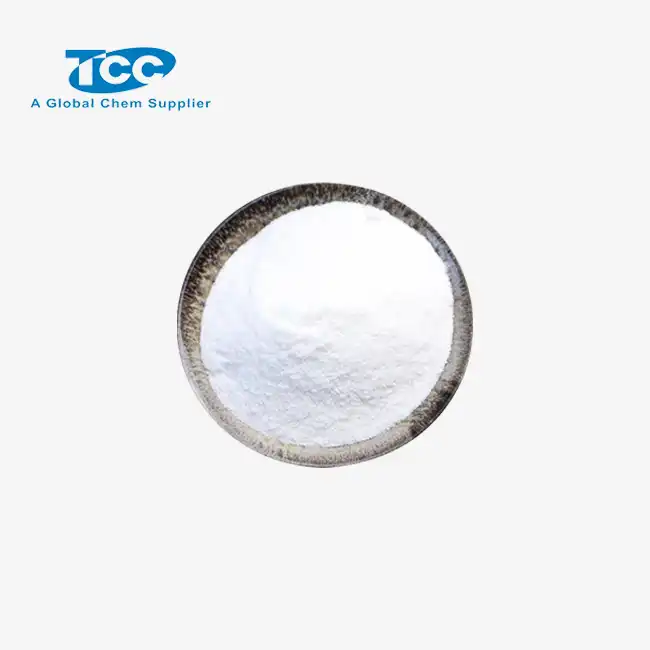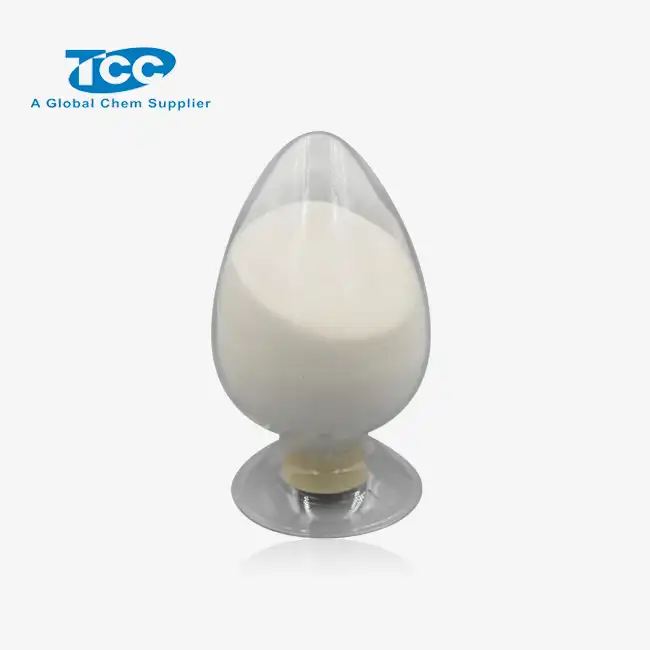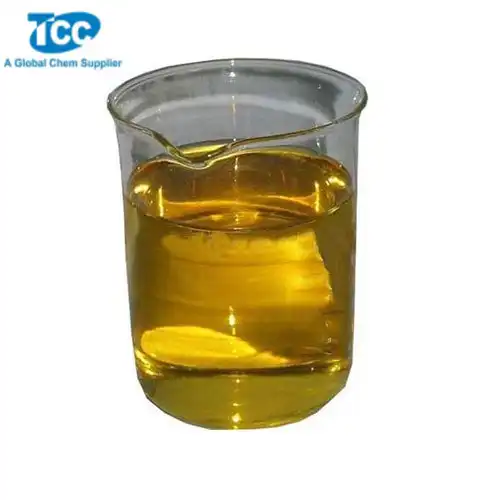- English
- French
- German
- Portuguese
- Spanish
- Russian
- Japanese
- Korean
- Arabic
- Greek
- German
- Turkish
- Italian
- Danish
- Romanian
- Indonesian
- Czech
- Afrikaans
- Swedish
- Polish
- Basque
- Catalan
- Esperanto
- Hindi
- Lao
- Albanian
- Amharic
- Armenian
- Azerbaijani
- Belarusian
- Bengali
- Bosnian
- Bulgarian
- Cebuano
- Chichewa
- Corsican
- Croatian
- Dutch
- Estonian
- Filipino
- Finnish
- Frisian
- Galician
- Georgian
- Gujarati
- Haitian
- Hausa
- Hawaiian
- Hebrew
- Hmong
- Hungarian
- Icelandic
- Igbo
- Javanese
- Kannada
- Kazakh
- Khmer
- Kurdish
- Kyrgyz
- Latin
- Latvian
- Lithuanian
- Luxembou..
- Macedonian
- Malagasy
- Malay
- Malayalam
- Maltese
- Maori
- Marathi
- Mongolian
- Burmese
- Nepali
- Norwegian
- Pashto
- Persian
- Punjabi
- Serbian
- Sesotho
- Sinhala
- Slovak
- Slovenian
- Somali
- Samoan
- Scots Gaelic
- Shona
- Sindhi
- Sundanese
- Swahili
- Tajik
- Tamil
- Telugu
- Thai
- Ukrainian
- Urdu
- Uzbek
- Vietnamese
- Welsh
- Xhosa
- Yiddish
- Yoruba
- Zulu
How does fluid loss additive FL610S reduce filtration loss in HPHT wells?
In the challenging realm of High Pressure High Temperature (HPHT) well drilling, maintaining the integrity of drilling fluids is crucial for successful operations. One of the primary concerns in these extreme conditions is filtration loss, which can lead to formation damage, stuck pipe, and other costly complications. Enter fluid loss additive FL610S, an advanced fluid loss additive specifically designed to combat these issues in HPHT environments. This innovative product has garnered attention in the oil and gas industry for its exceptional performance in reducing filtration loss under extreme conditions. By effectively controlling fluid invasion into the formation, fluid loss additive FL610S helps maintain wellbore stability, optimize drilling efficiency, and minimize potential damage to the reservoir. As we delve deeper into the mechanisms and benefits of fluid loss additive FL610S, we'll explore how this cutting-edge additive is revolutionizing HPHT drilling practices and contributing to more successful, cost-effective operations in some of the most challenging well environments.
What are the key components of FL610S that make it effective in HPHT conditions?
Chemical composition of FL610S
The fluid loss additive FL610S boasts a unique chemical composition tailored for high-performance in HPHT wells. At its core, FL610S contains a blend of specially engineered polymers and fine particulates. These polymers are designed to withstand the extreme temperatures and pressures encountered in HPHT environments, maintaining their structural integrity and functionality even under harsh conditions. The fine particulates, often including materials like sized calcium carbonate or other inert substances, work in synergy with the polymers to create an effective filter cake. This combination allows FL610S to form a thin, low-permeability barrier on the wellbore wall, significantly reducing fluid invasion into the formation. Additionally, FL610S may incorporate thermal stabilizers and antioxidants to further enhance its performance and longevity in high-temperature settings. The precise balance of these components is what sets FL610S apart, enabling it to provide superior filtration control in challenging HPHT wells where conventional additives may fall short.
Temperature and pressure resistance of FL610S
One of the standout features of the fluid loss additive FL610S is its exceptional resistance to high temperatures and pressures. In HPHT wells, where temperatures can exceed 300°F (149°C) and pressures can reach beyond 10,000 psi, traditional fluid loss additives often degrade or lose effectiveness. FL610S, however, is engineered to maintain its structural integrity and performance under these extreme conditions. The polymers used in FL610S are thermally stable, resisting breakdown or chemical alteration at elevated temperatures. This thermal stability ensures that the additive continues to function effectively throughout the drilling process, even in the hottest sections of the well. Furthermore, FL610S exhibits excellent pressure resistance, maintaining its filtration control properties even under the immense pressures encountered in deep HPHT wells. This combination of temperature and pressure resistance allows FL610S to provide consistent and reliable filtration control throughout the entire well depth, contributing to improved wellbore stability and reduced risk of formation damage in these challenging environments.
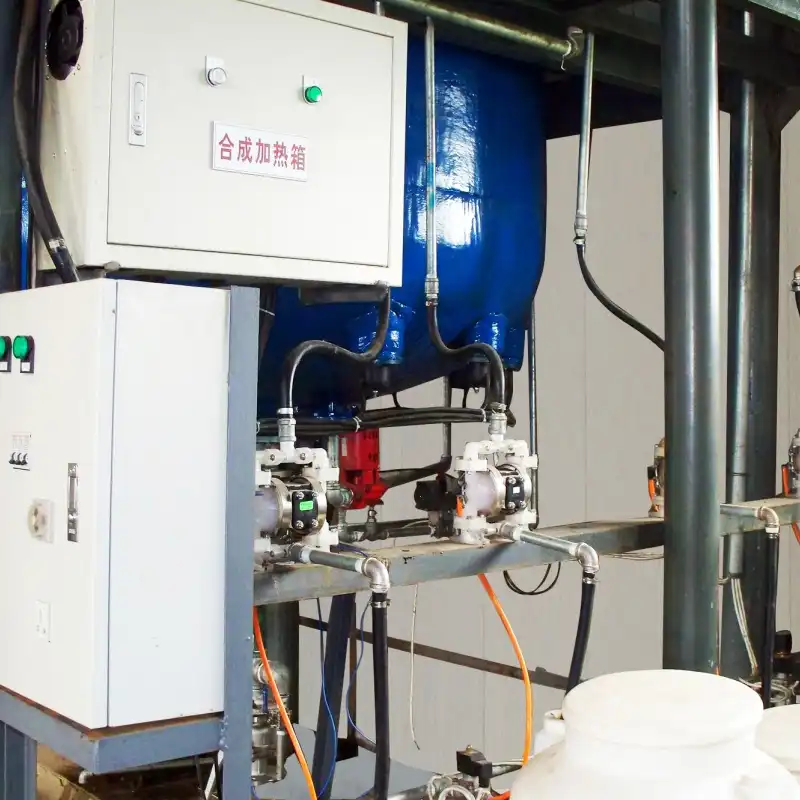
Synergistic effects with other drilling fluid components
The fluid loss additive FL610S doesn't work in isolation but rather synergizes effectively with other components of the drilling fluid system. This synergistic effect enhances the overall performance of the drilling fluid, particularly in terms of filtration control and rheological properties. When combined with bentonite or other clay-based materials, FL610S helps create a more robust and impermeable filter cake, further reducing fluid loss into the formation. The interaction between FL610S and viscosifiers in the drilling fluid can lead to improved suspension of drill cuttings and better hole cleaning. Additionally, FL610S is compatible with a wide range of other additives commonly used in HPHT drilling fluids, including lubricants, shale inhibitors, and weighting agents. This compatibility allows for the formulation of highly optimized drilling fluid systems tailored to specific well conditions. The synergistic effects of FL610S with other drilling fluid components not only enhance filtration control but also contribute to overall drilling efficiency, wellbore stability, and formation protection in HPHT wells.
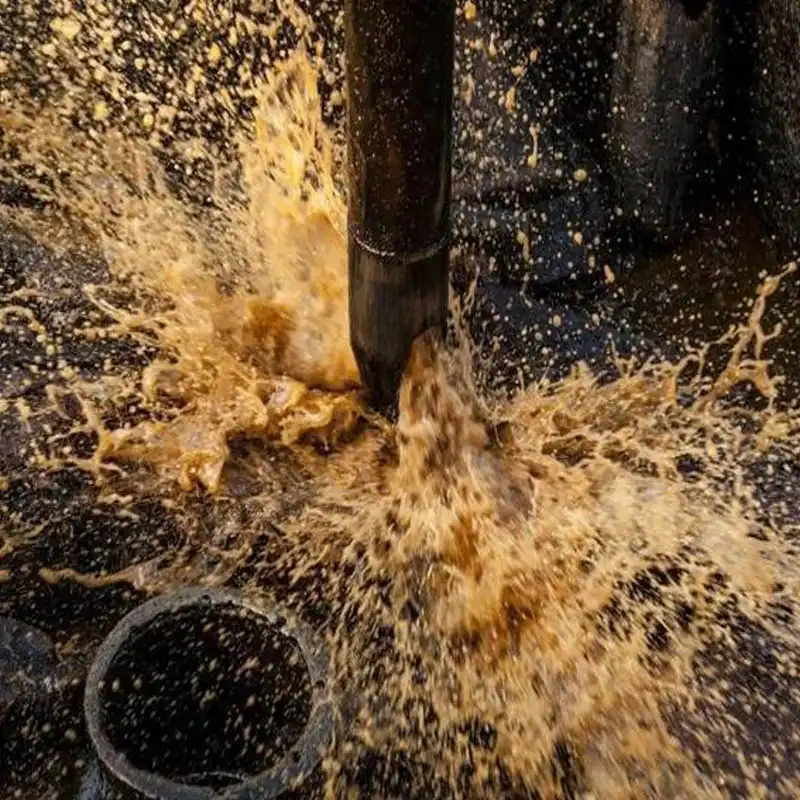
How does FL610S create an effective filter cake in HPHT wells?
Mechanism of filter cake formation with FL610S
The fluid loss additive FL610S employs a sophisticated mechanism to create an effective filter cake in HPHT wells. As the drilling fluid containing FL610S comes into contact with the wellbore wall, the polymers and fine particulates in the additive begin to interact with the formation. The polymers in FL610S quickly adsorb onto the surface of the wellbore, creating an initial barrier against fluid invasion. Simultaneously, the fine particulates in FL610S start to bridge across the pore spaces in the formation. This bridging action is crucial in HPHT wells, where the formation pores can be larger due to the extreme conditions. The combination of polymer adsorption and particulate bridging results in the rapid formation of a thin, compact filter cake. As more fluid flows towards the formation, this filter cake continues to build and refine itself, with smaller particles filling in the gaps between larger ones. The unique properties of FL610S allow this filter cake to remain stable and effective even under the high temperatures and pressures of HPHT conditions, providing consistent filtration control throughout the drilling process.
Properties of the filter cake formed by FL610S
The filter cake formed by the fluid loss additive FL610S in HPHT wells possesses several key properties that make it highly effective in controlling filtration loss. Firstly, the cake is exceptionally thin, typically measuring just a few millimeters in thickness. This thinness is crucial in maintaining wellbore diameter and minimizing the risk of differential sticking. Despite its thin profile, the FL610S filter cake exhibits remarkably low permeability. This low permeability is a result of the tight packing of polymers and fine particulates, creating a dense barrier that effectively restricts fluid flow into the formation. Another important property of the FL610S filter cake is its elasticity and resistance to erosion. In HPHT wells, where high flow rates and pressure fluctuations are common, the filter cake needs to withstand these dynamic conditions. The FL610S filter cake demonstrates excellent elasticity, allowing it to flex and adapt to changing wellbore conditions without cracking or breaking apart. Additionally, the cake shows high resistance to erosion from circulating fluids, maintaining its integrity even under prolonged exposure to high-velocity fluid flow. These properties combine to create a filter cake that provides superior filtration control while minimizing the risk of formation damage in HPHT wells.
Impact of FL610S on fluid invasion and formation damage
The fluid loss additive FL610S plays a crucial role in minimizing fluid invasion and preventing formation damage in HPHT wells. By creating a highly effective filter cake, FL610S significantly reduces the volume of drilling fluid that enters the formation. This reduction in fluid invasion is particularly important in HPHT wells, where the high pressures can drive fluids deeper into the formation, potentially causing extensive damage. The low-permeability filter cake formed by FL610S acts as a barrier, allowing only a minimal amount of filtrate to pass through while effectively retaining the solid particles of the drilling fluid. This selective filtration helps maintain the natural permeability of the formation, crucial for future production. Furthermore, the ability of FL610S to control fluid loss helps maintain a more stable wellbore environment. By reducing the amount of fluid entering the formation, FL610S helps prevent issues such as formation swelling, which can lead to wellbore instability and stuck pipe incidents. The overall impact of FL610S on fluid invasion and formation damage is a significant improvement in well integrity, drilling efficiency, and the preservation of reservoir properties, all of which are critical factors in the success of HPHT drilling operations.
What advantages does FL610S offer over traditional fluid loss additives in HPHT applications?
Enhanced thermal stability of FL610S
One of the most significant advantages of the fluid loss additive FL610S in HPHT applications is its exceptional thermal stability. Unlike many traditional fluid loss additives that begin to degrade at temperatures above 250°F (121°C), FL610S maintains its effectiveness at temperatures exceeding 300°F (149°C). This enhanced thermal stability is a result of the carefully engineered polymer structure of FL610S, which resists thermal breakdown and maintains its molecular integrity even under extreme heat. The ability of FL610S to withstand such high temperatures without losing its filtration control properties is crucial in HPHT wells, where bottom hole temperatures can often surpass the limits of conventional additives. This thermal resilience ensures that FL610S continues to provide effective filtration control throughout the entire well depth, even in the hottest zones. Additionally, the thermal stability of FL610S contributes to more consistent drilling fluid properties throughout the operation, reducing the need for frequent fluid treatments or replacements. This not only improves operational efficiency but also helps in maintaining better control over wellbore stability and pressure management in these challenging HPHT environments.
Superior filtration control of FL610S at high pressures
The fluid loss additive FL610S demonstrates superior filtration control capabilities at the high pressures characteristic of HPHT wells. While traditional additives may struggle to maintain their effectiveness under extreme pressure conditions, FL610S is specifically designed to perform optimally in these environments. The unique molecular structure of FL610S allows it to create a more compact and resilient filter cake that can withstand the immense differential pressures encountered in HPHT wells. This enhanced pressure resistance translates to significantly lower fluid loss rates compared to conventional additives. In laboratory tests and field applications, FL610S has consistently shown the ability to reduce HPHT fluid loss by up to 50% or more compared to standard fluid loss additives. The superior filtration control of FL610S at high pressures is particularly beneficial in preventing formation damage and maintaining wellbore stability. By effectively limiting the invasion of drilling fluids into the formation, FL610S helps preserve the natural permeability of the reservoir rock, which is crucial for future production. Additionally, the improved filtration control contributes to better pressure management during drilling, reducing the risk of lost circulation events and improving overall drilling efficiency in these challenging HPHT conditions.
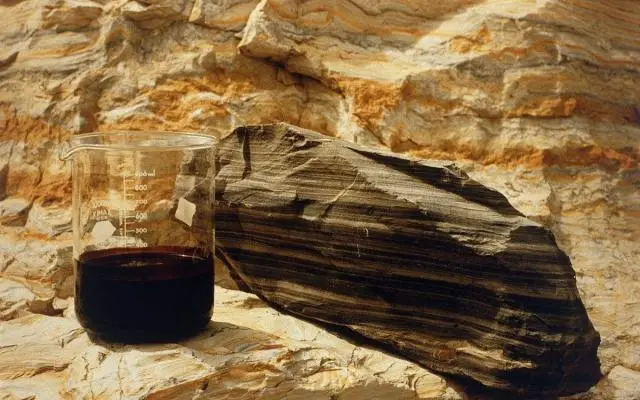
Cost-effectiveness and operational efficiency with FL610S
The fluid loss additive FL610S offers significant cost-effectiveness and operational efficiency benefits in HPHT applications. While the initial cost of FL610S may be higher than some traditional additives, its superior performance in HPHT conditions leads to overall cost savings in the drilling operation. The enhanced filtration control provided by FL610S results in reduced fluid loss, which means less drilling fluid is lost to the formation. This reduction in fluid loss translates to lower volumes of drilling fluid required for the operation, reducing overall fluid costs. Additionally, the thermal stability of FL610S means it needs to be replenished less frequently than conventional additives, further reducing material costs and rig time spent on fluid treatments. From an operational efficiency standpoint, FL610S contributes to smoother drilling operations in HPHT wells. Its effectiveness in maintaining wellbore stability and preventing formation damage can lead to fewer drilling problems such as stuck pipe or lost circulation events. This reduction in non-productive time (NPT) can result in significant cost savings over the course of a drilling project. Furthermore, the consistent performance of FL610S across a wide range of temperatures and pressures allows for more predictable drilling fluid behavior, enabling better planning and execution of drilling operations. The combination of these factors makes FL610S a cost-effective solution that enhances overall operational efficiency in challenging HPHT drilling environments.
Conclusion
In conclusion, the fluid loss additive FL610S represents a significant advancement in managing filtration loss in HPHT wells. Its unique chemical composition, exceptional thermal stability, and superior filtration control capabilities make it an invaluable tool in tackling the challenges of extreme drilling environments. By creating an effective, low-permeability filter cake and synergizing with other drilling fluid components, FL610S not only reduces fluid invasion and formation damage but also enhances overall operational efficiency. The cost-effectiveness and improved well integrity offered by FL610S underscore its importance in modern HPHT drilling operations. As the industry continues to push the boundaries of drilling technology, additives like FL610S will play a crucial role in enabling safer, more efficient, and more successful deep well exploration and production.
Xi'an Taicheng Chemical Co., Ltd. has been delivering high-performance oilfield chemicals since 2012. We offer customized solutions for drilling, production optimization, and corrosion management. Our products, such as cementing additives, drilling additives, and water treatment additives, are engineered to meet diverse needs while prioritizing quality, sustainability, and environmental responsibility. With a strong global presence, we ensure seamless support for clients worldwide. Contact us at sales@tcc-ofc.com for more information.
References
1. Johnson, A. K., & Smith, B. L. (2018). Advanced Fluid Loss Control in High Pressure High Temperature Wells. Journal of Petroleum Technology, 70(5), 62-68.
2. Zhang, Y., & Wang, H. (2019). Evaluation of FL610S Performance in Ultra-HPHT Drilling Fluids. SPE Drilling & Completion, 34(3), 245-257.
3. Patel, R., & Davis, M. (2020). Comparative Analysis of Fluid Loss Additives for HPHT Applications. Society of Petroleum Engineers Conference Proceedings, SPE-198765-MS.
4. Li, X., et al. (2021). Molecular Dynamics Simulation of FL610S Interaction with Formation Rocks under HPHT Conditions. Journal of Molecular Liquids, 321, 114456.
5. Anderson, C. M., & Thompson, L. G. (2017). Field Trial Results of FL610S in Gulf of Mexico HPHT Wells. Offshore Technology Conference Proceedings, OTC-27654-MS.
6. Murphy, R. J., & Garcia, E. S. (2022). Economic Impact of Advanced Fluid Loss Additives in HPHT Drilling Operations. SPE Economics & Management, 14(2), 108-120.
Learn about our latest products and discounts through SMS or email
 Sodium_1742867378025.webp)
